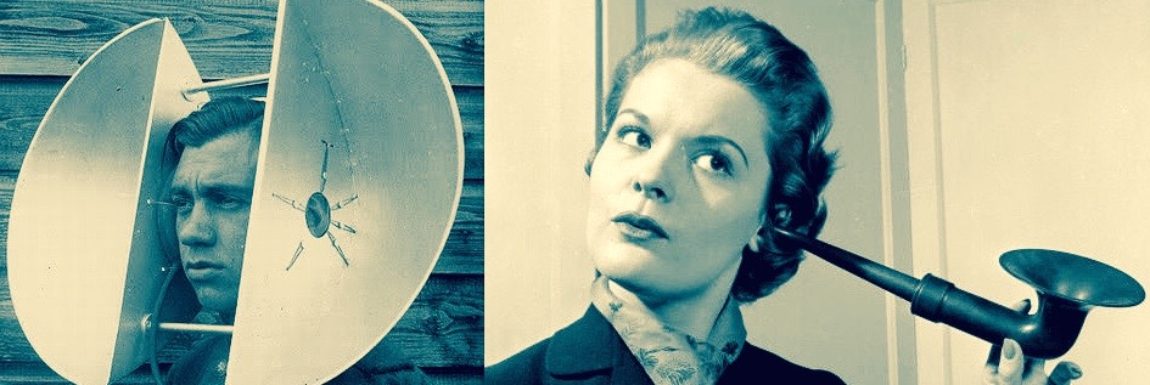
By Achin Bhowmik, Ph.D, Starkey’s Chief Technology Officer & Executive Vice President of Engineering
A high-tech, in-ear communication device that can be your virtual assistant or translate languages sounds like something from a sci-fi movie. Technology like this has long been a dream, but now it’s reality in an unlikely place: a hearing aid.
Nearly half a billion people globally suffer from hearing loss, and that number is expected to reach about 2.5 billion by 2050. Hearing aids are crucial medical wearable devices that can help. They keep people connected to their loved ones and help mitigate the risks of increased loneliness, isolation, dementia and other health conditions linked to untreated hearing loss. However, because of a stigma, just a small fraction of people who could benefit from hearing aids wear them. Recent technology breakthroughs present an opportunity to address this dilemma.
Rapid advancements in sensors and artificial intelligence technologies are bringing many new devices, applications and user benefits to the world. Starkey is integrating these technologies to transform traditional hearing aids into multipurpose, ergonomic devices that can be worn comfortably all day. The result is a hearing aid that not only helps you hear better, but is the future of wearable technology helping you live better.
Today, hearing aids can decipher sounds most important to the wearer and automatically amplify them. Let’s say you are visiting with a friend at a noisy outdoor restaurant by a busy road. Hearing aids can make sense of the ‘acoustic soup’ as I call it, using onboard AI technology. They can identify and separate various sounds while amplifying and enhancing the speech clarity of the person you are listening to. It’s an effortless, superhuman hearing experience.
Thanks to embedded sensors and AI algorithms, hearing aids can monitor and track health better than many consumer electronic devices. Sensors in a device worn in or around the ear allow for more accurate step tracking than wrist-worn devices. They can also detect falls and automatically alert designated contacts. Because people with even a mild hearing loss are three times more likely to experience falls, modern hearing aid technology helps restore independence while giving caregivers added peace of mind, even from afar.
Many people ask, “Why put all these technologies into a hearing aid?” To that, I say, “Why not?” People need to wear hearing aids throughout the day, so they can and should serve a higher purpose. Just like the smartphone became our camera, GPS navigator, calendar, web browser and music library, the hearing aid can serve our health and wellness needs. It can also be a gateway to information in one tiny device that fits comfortably in our ears.
I left my job at one of the world’s top technology companies and came to the hearing industry because I believe in the vision of transforming hearing aids into multipurpose health and communication devices. We are on a relentless journey to revolutionize 21st century hearing aids from a need-to-wear health tool into a want-to-wear device. Patient and consumer demands are ever changing, and hearing technology is rising to meet those demands. Starkey is well suited to lead this charge because of its devotion and leadership in custom hearing aid technology.
So, what’s next? AI is propelling the hearing industry into the future. Further advances in AI technology will continue to bring unprecedented levels of speech intelligibility in noisy environments. Modern hearing aids can track your health, but in the future, they will be able to alert you to health issues before they even happen. Imagine a hearing aid that can track your heart rate, body temperature or sense when your blood oxygen levels are low.
Hearing aids of the future could also sense a patient’s moods, detect the onset of anxiety and depression, as well as alert caregivers or loved ones for early intervention and help. They will know what you need before you do. They will understand the environment around us beyond our wildest dreams.
While many consumer electronic devices have come a long way, it is hearing aid technology that is blazing into the future at lightning speed.
About Achin Bhowmik:
Achin Bhowmik, Ph.D., is responsible for Starkey’s technology strategy, global research, product development and engineering departments. He leads Starkey’s efforts to transform hearing aids into multifunctional, wearable health and communication devices with advanced sensors and artificial intelligence to help people hear better and live better. Previously, Dr. Bhowmik served as Vice President and General Manager of the Perceptual Computing Group at Intel. There, he was responsible for the R&D, engineering, operations and businesses in the areas of 3D sensing and interactive computing, computer vision and artificial intelligence, autonomous robots and drones, and immersive virtual and merged reality devices. Dr. Bhowmik is an adjunct professor at Stanford University. He was elected a Fellow of the Institute of Electrical and Electronics Engineers (IEEE).

